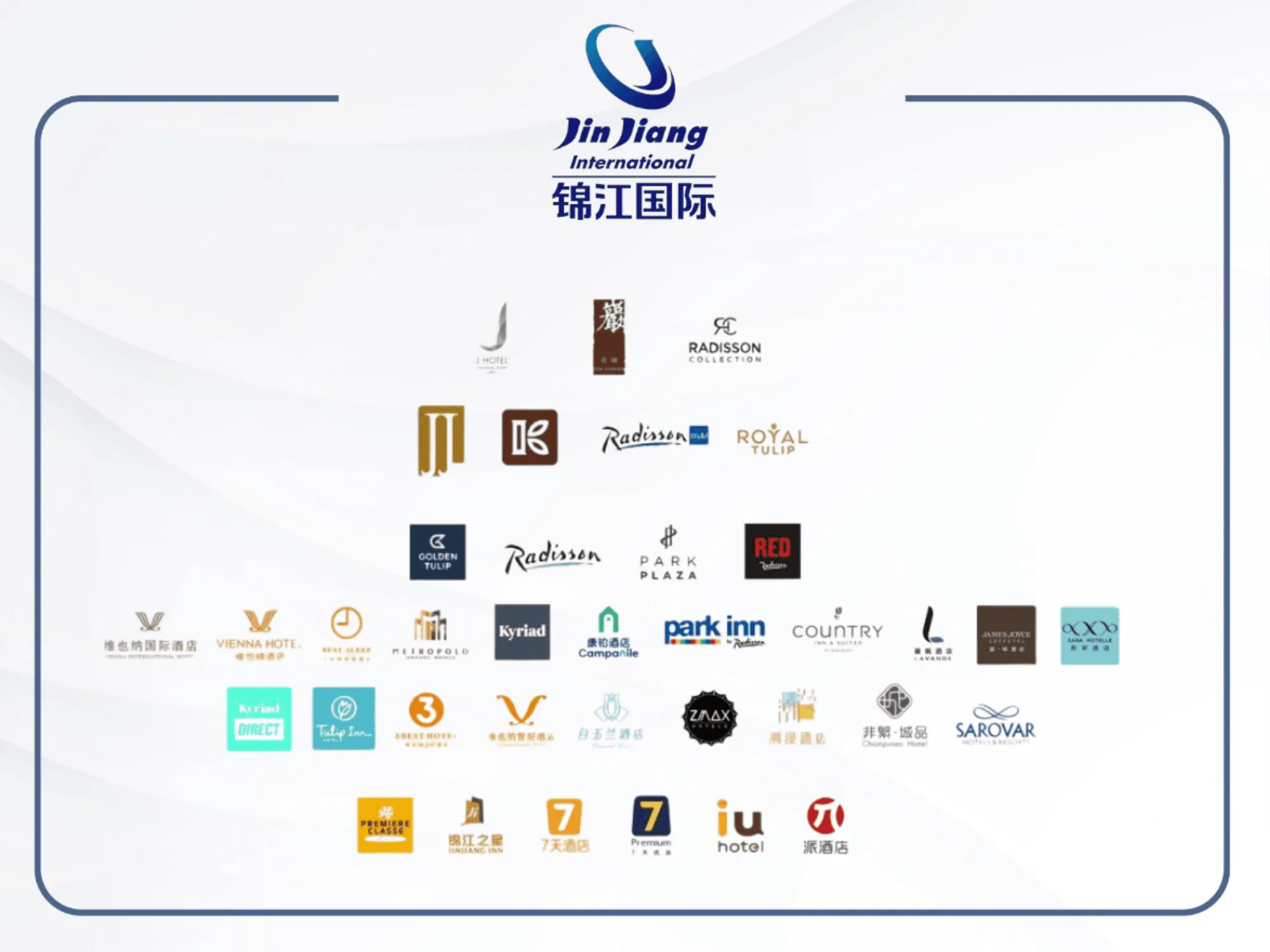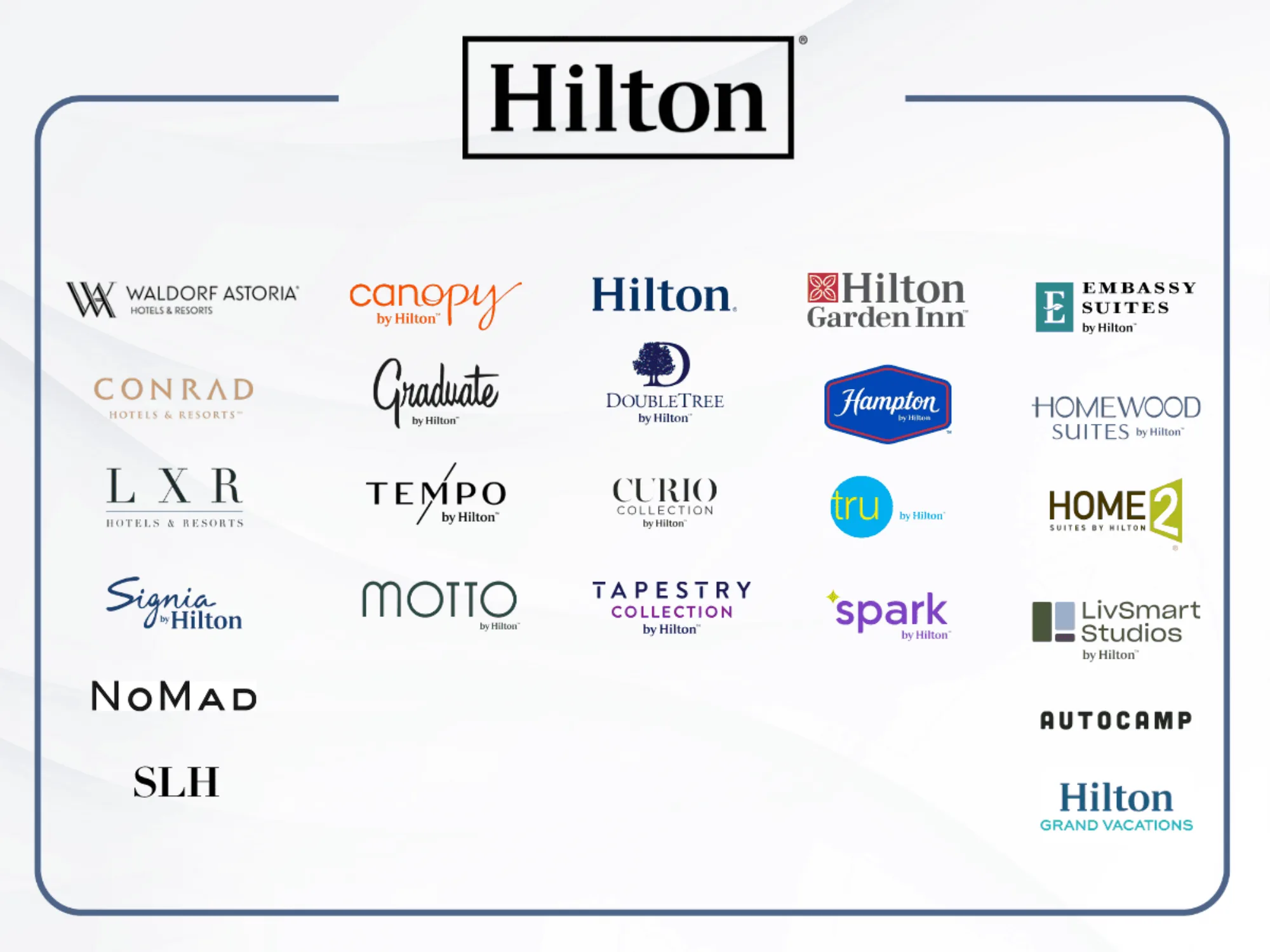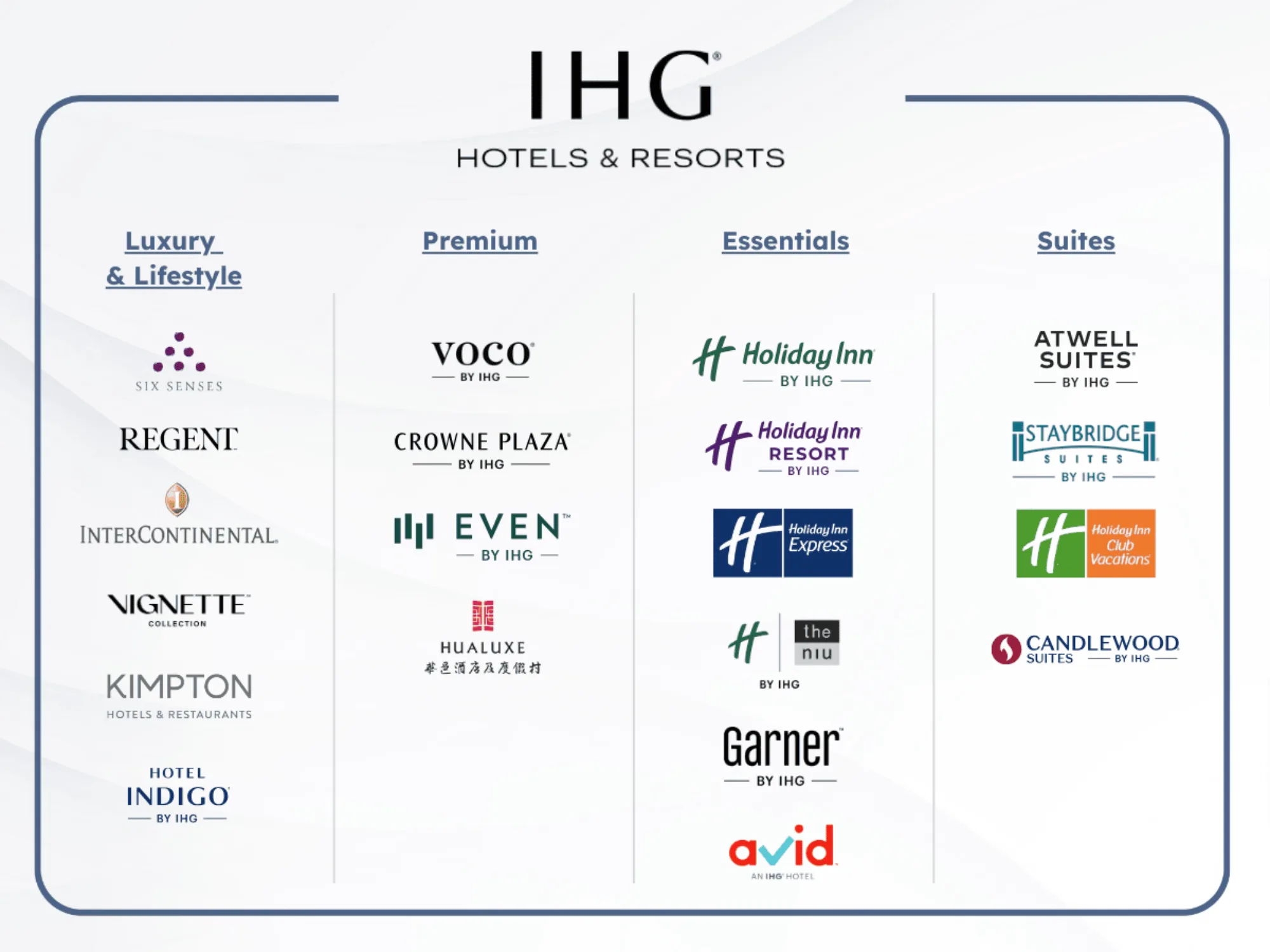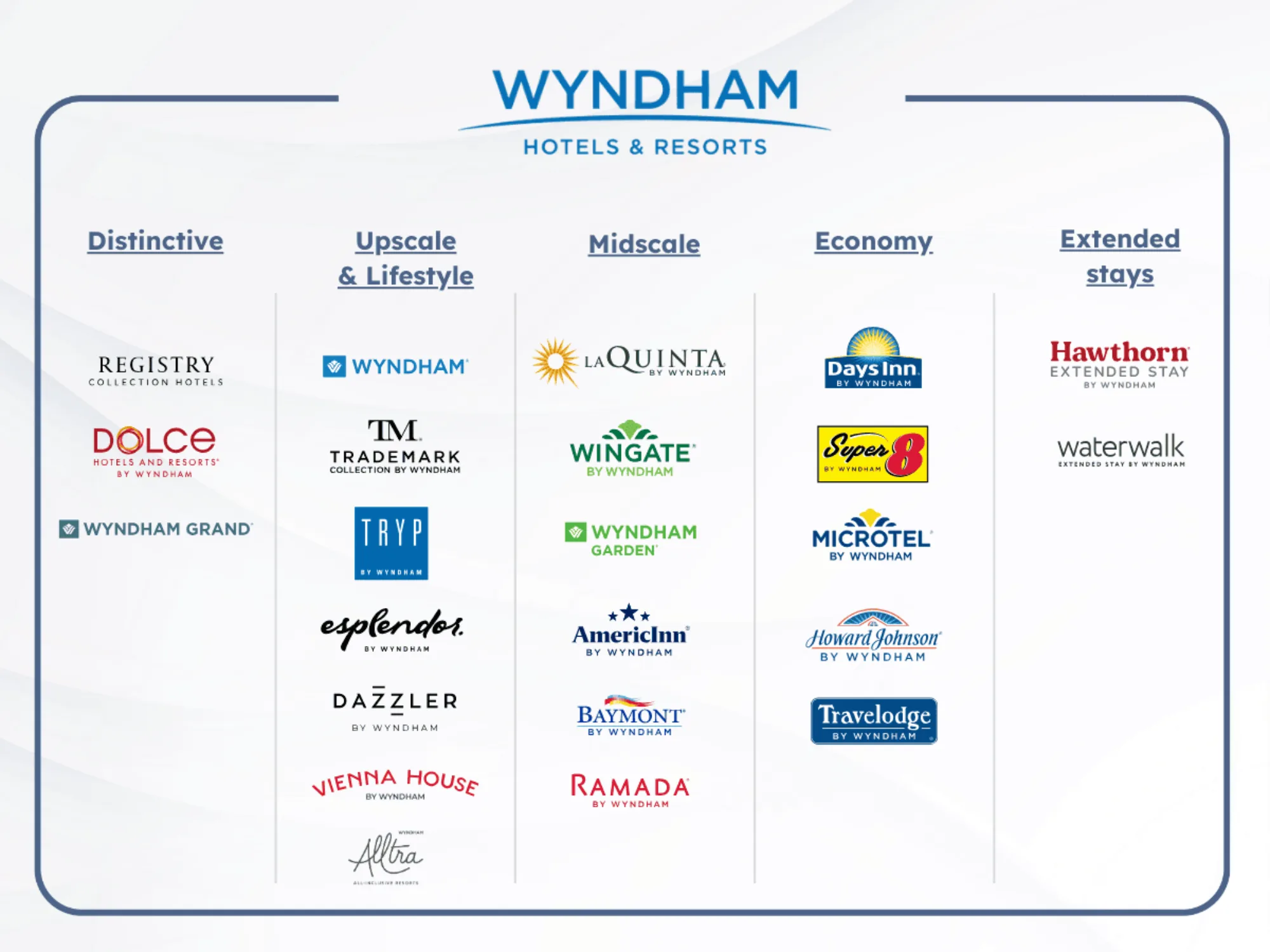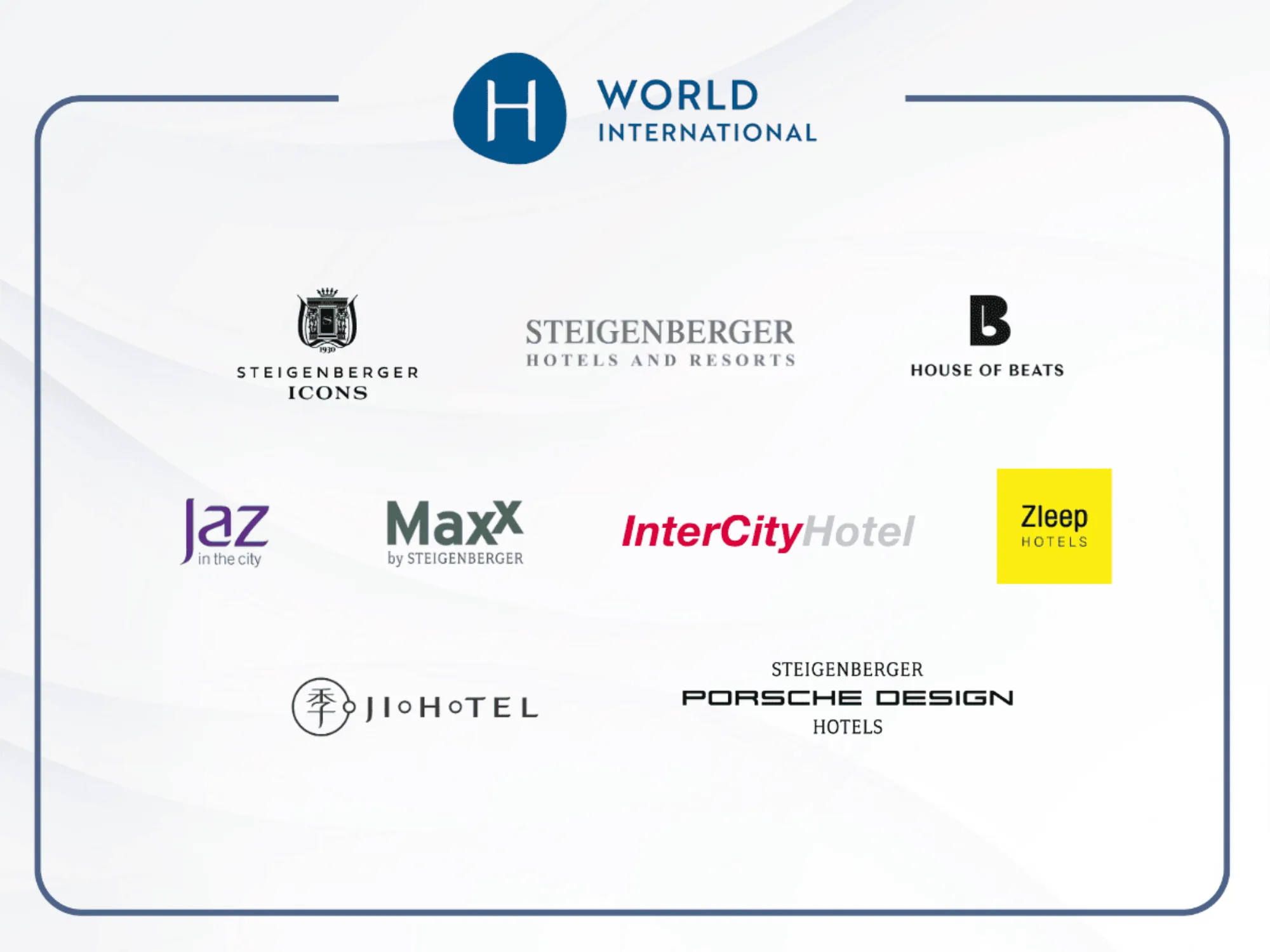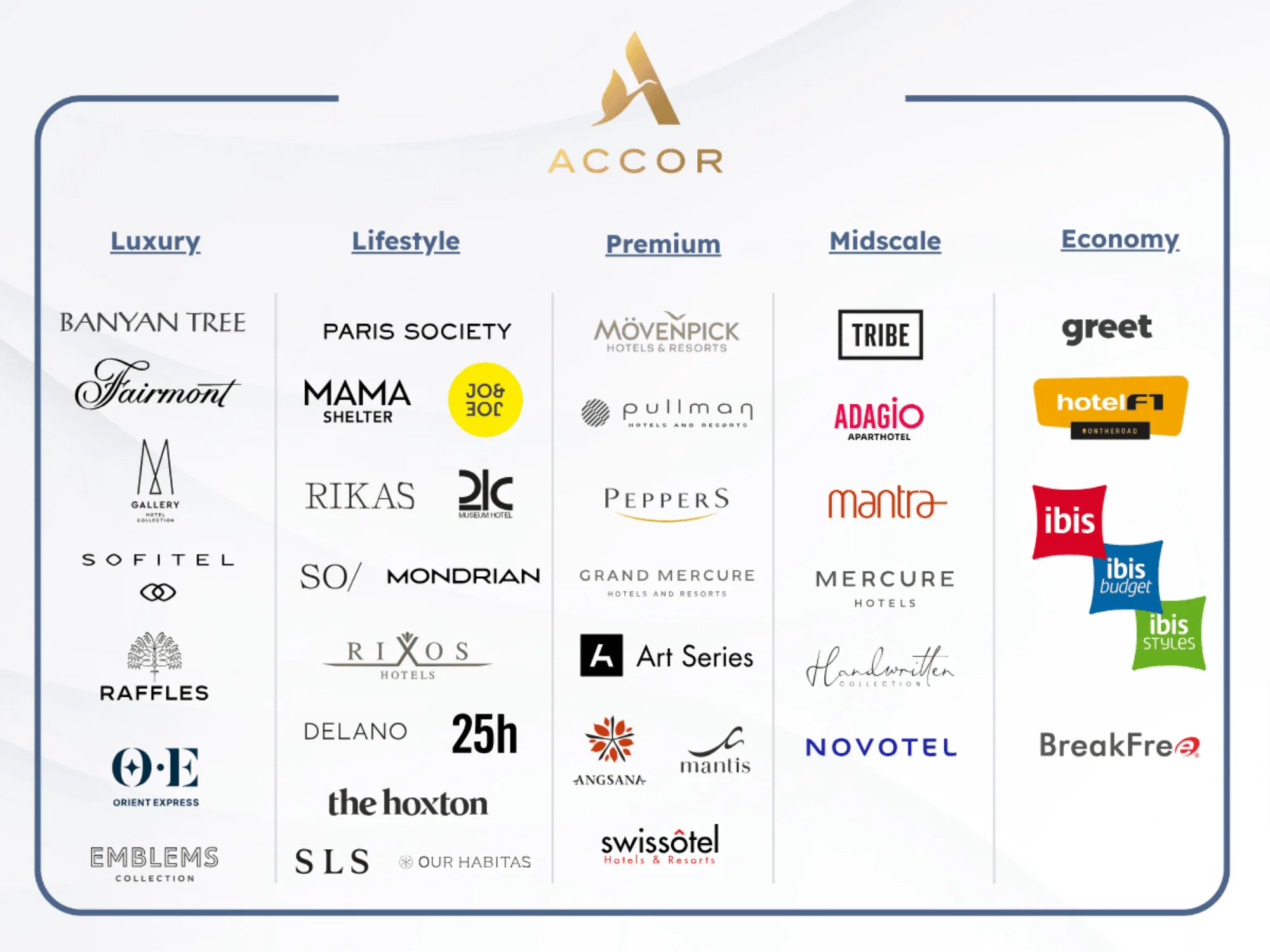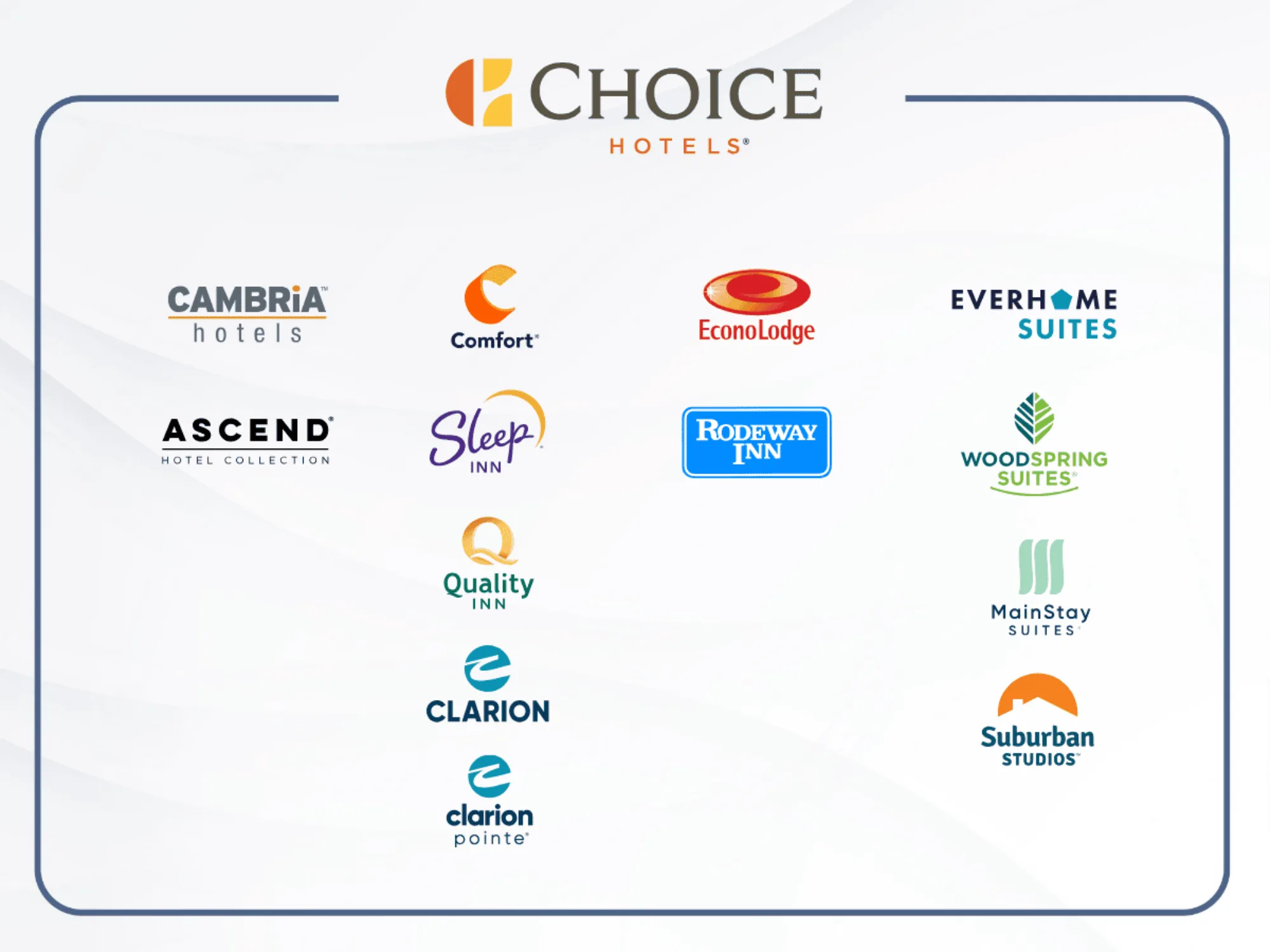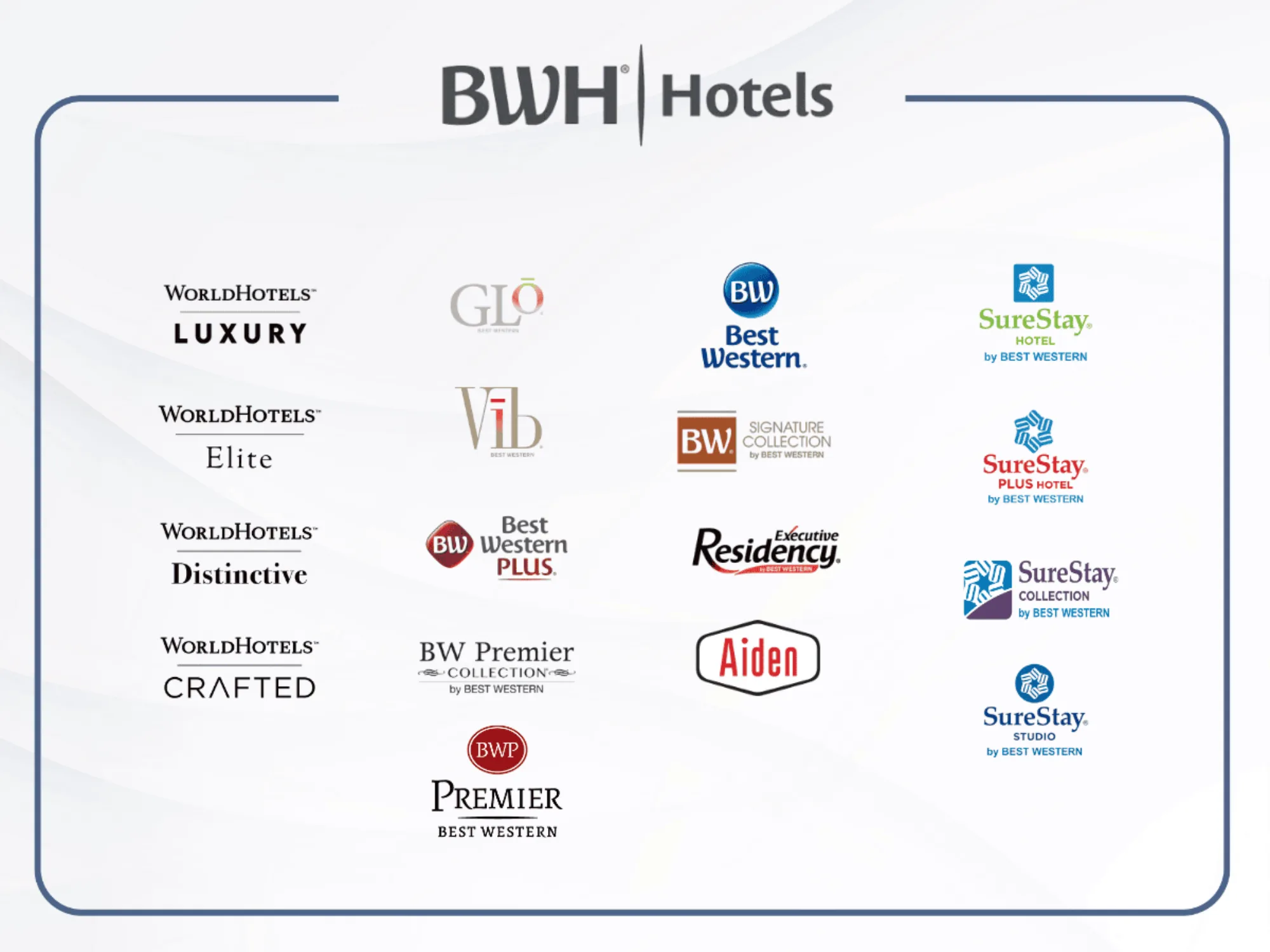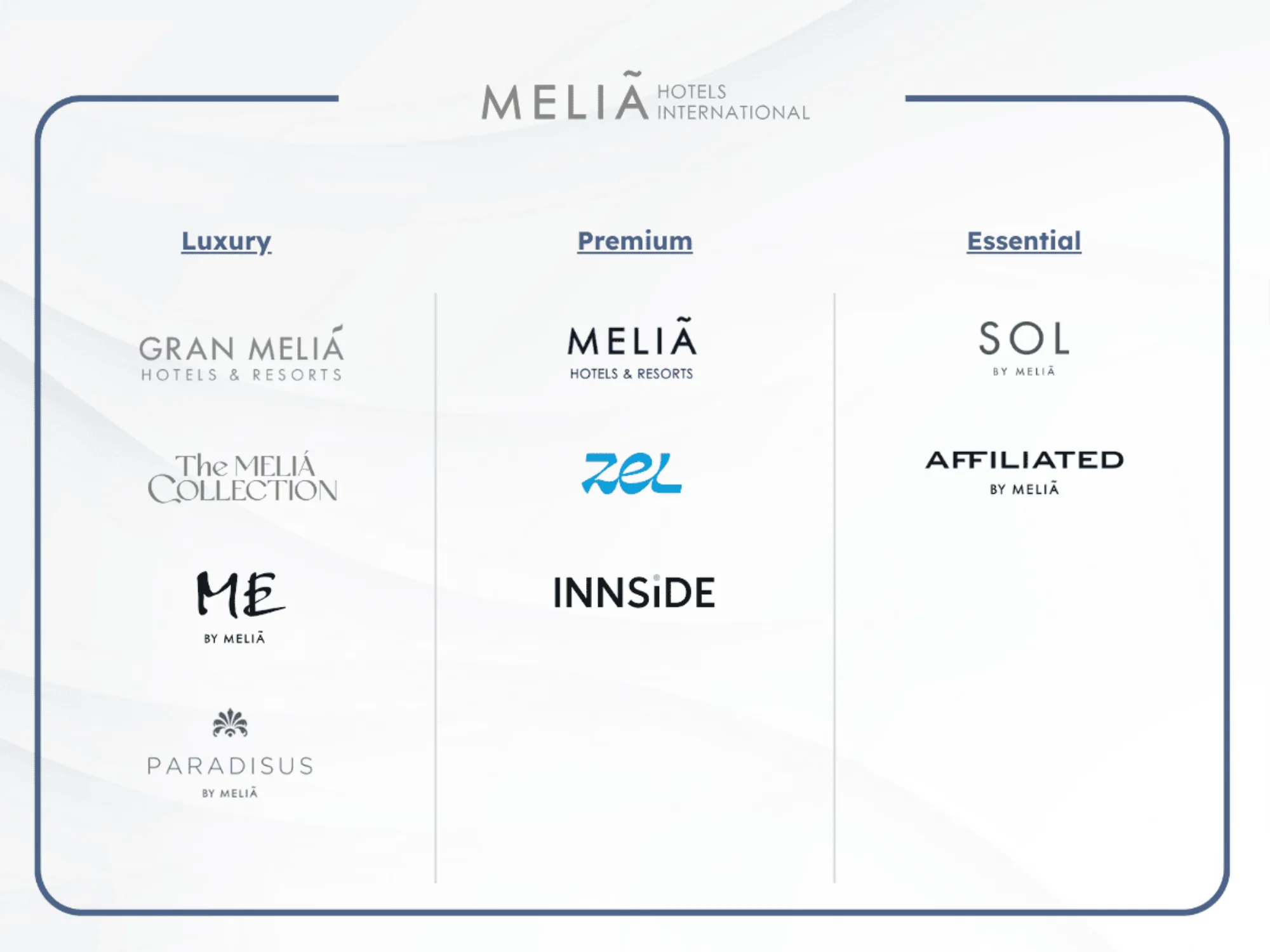Looking to discover the world’s biggest hotel chains in 2025? You’re in the right place.
From Marriott and Hilton to Accor and Jin Jiang, the global hotel industry is dominated by a handful of powerful groups — each managing dozens of brands and hundreds of thousands of rooms across the globe.
This updated ranking reveals the top 10 hotel groups worldwide - with updated 2025 data, key performance insights, and brand breakdowns for each group.
- Which hotel group is the biggest this year?
- Which hotel brands do Marriott, Accor, or Hilton own?
- And who is growing the fastest?
Whether you’re a hospitality professional, an investor or a consultant, this guide gives you a full picture of the major players in the global hotel industry.
👉 Bonus : Download your white paper "2025 Hotel Trends - What to Expect?"
Global Ranking of Hotel Groups in 2025 based on the Number of Rooms (as of 31/12/2024):
- Marriott International: 9,266 hotels / 1,683,204 rooms (+6.9%)
- Jin Jiang: 14,311 hotels / 1,439,756 rooms (+7.7%)
- Hilton Worldwide: 8,342 hotels / 1,249,814 rooms (+7.1%)
- H World Group: 10,580 hotels / 1,017,225 rooms (+20.3%)
- IHG: 6,599 hotels / 977,257 rooms (+4.3%)
- Wyndham Hotel Group: 9,286 hotels / 902,987 rooms (+3.6%)
- Accor: 5,682 hotels / 850,285 rooms (+3.5%)
- Choice Hotels International: 7,586 hotels / 653,810 rooms (+3.3%)
- OYO: 20,667 hotels / 597,873 rooms (+38.7%)
- BTH Hotels: 6,910 hotels / 518,031 rooms (+7.6%)
Source: MKG Consulting

In a nutshell: what 2025 tells us about global hotel chains
Despite an uncertain economic climate and increasingly intense competition, the 2025 ranking of the world's top 10 hotel groups confirms the overall good health of the sector and reflects increasingly diverse growth strategies.
Unsurprisingly, Marriott International maintains its position as global leader for the ninth consecutive year, now nearing 1.7 million rooms.
Jin Jiang and Hilton complete the podium, supported by steady growth and strong ambitions in the upscale segments.
But the real surprise comes from H World Group, the Chinese group formerly known as Huazhu, which records +20.3% growth, crosses the one-million-room mark, and climbs to fourth place ahead of IHG and Wyndham.
The 2025 ranking is also marked by the spectacular return of OYO, which reclaims ninth place thanks to a remarkable +38.7% growth.
Groups like Accor, Choice, and BTH Hotels continue to grow at a more moderate pace, focusing on conversions, geographic diversification, or brand portfolio expansion.
Luxury, lifestyle, and extended stay remain strong pillars for many players, along with growth outside mature markets.
More and more, differentiation is driven by premium positioning, the creation of niche brands, and a precise pipeline strategy—balancing new builds with conversions.
Overall, this 2025 top 10 reflects an industry in full transformation, navigating between consolidation, strategic repositioning, and acceleration in high-potential regions.
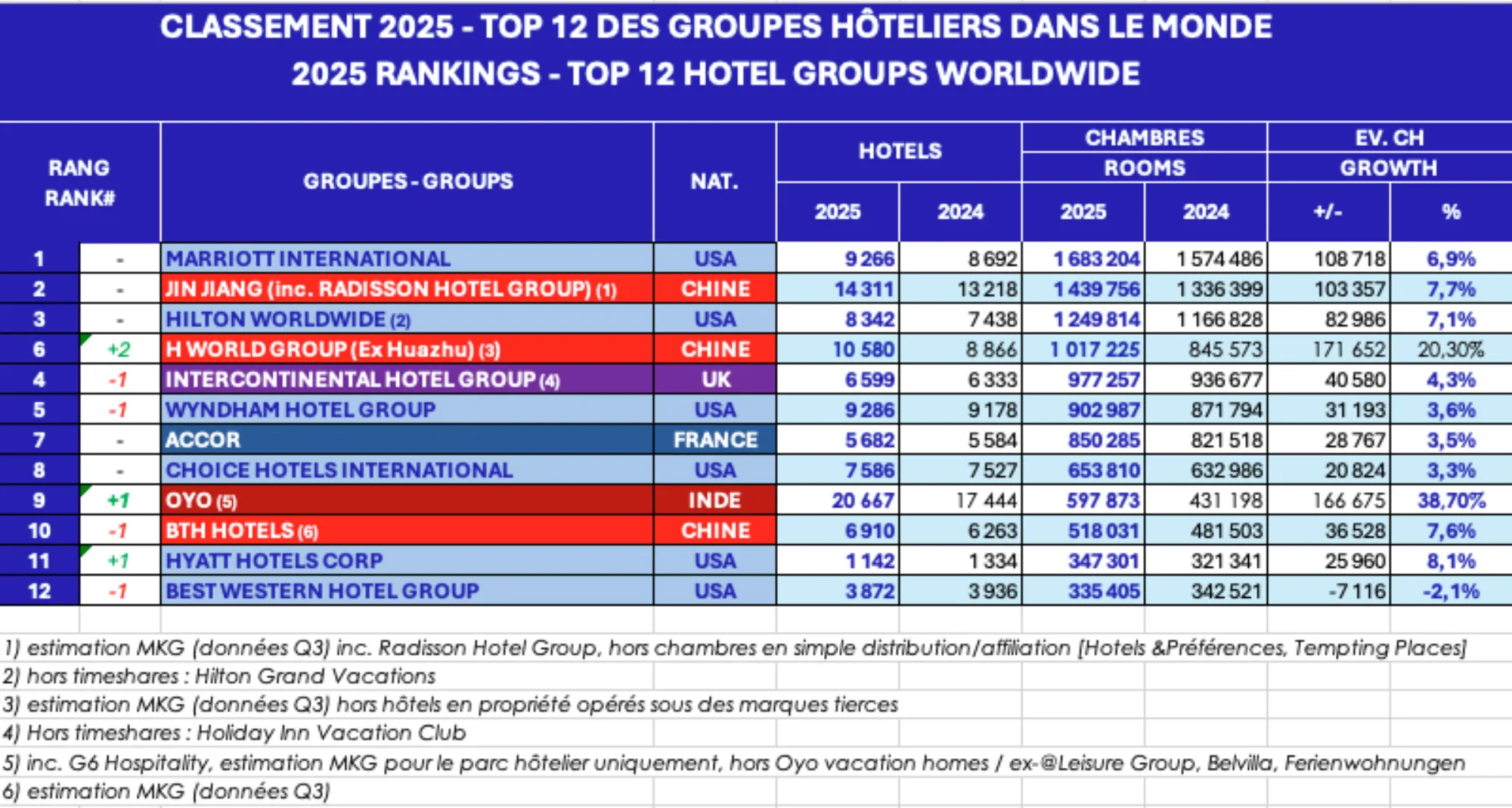
Credits : Top 10 hotel groups worldwide in 2025 - MKG Consulting
Analysis of the World’s Top 10 Hotel Groups
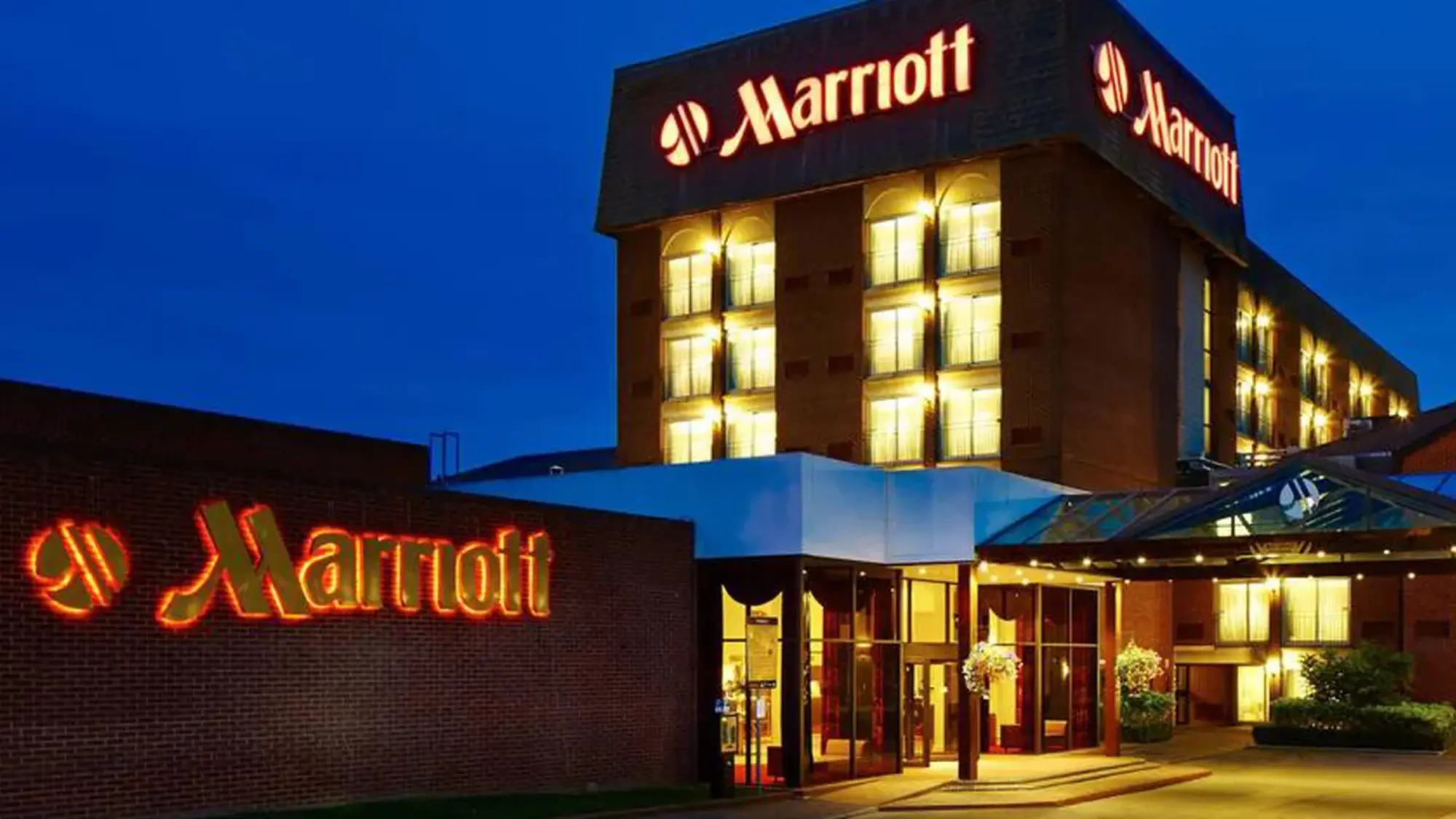
1. Marriott International
At the top of the list is Marriott International, the world’s leading hotel group for the 9th consecutive year.
With 9,266 hotels, 1,683,204 rooms, and a presence in 144 countries, Marriott International remains the largest hotel chain in the world in 2025.
The American group recorded a +6.9% increase in its room count compared to the previous year, driven by strong development momentum in Europe, the Middle East, and Africa (EMEA), with a record 291 hotel signings in the region.
Luxury remains a priority, with 26 new projects signed under brands such as Ritz-Carlton, St. Regis, and W Hotels.
In the premium segment, Autograph Collection, Tribute Portfolio, and Marriott Hotels together secured 50 signings.
Development in the midscale and economy segments is also gaining speed, with 34 signings for Four Points Flex by Sheraton, a new conversion brand launched in Europe.
The group’s development pipeline now exceeds 577,000 rooms.
Photo Credits: The Heathrow/Windsor Marriott Hotel in the United Kingdom.
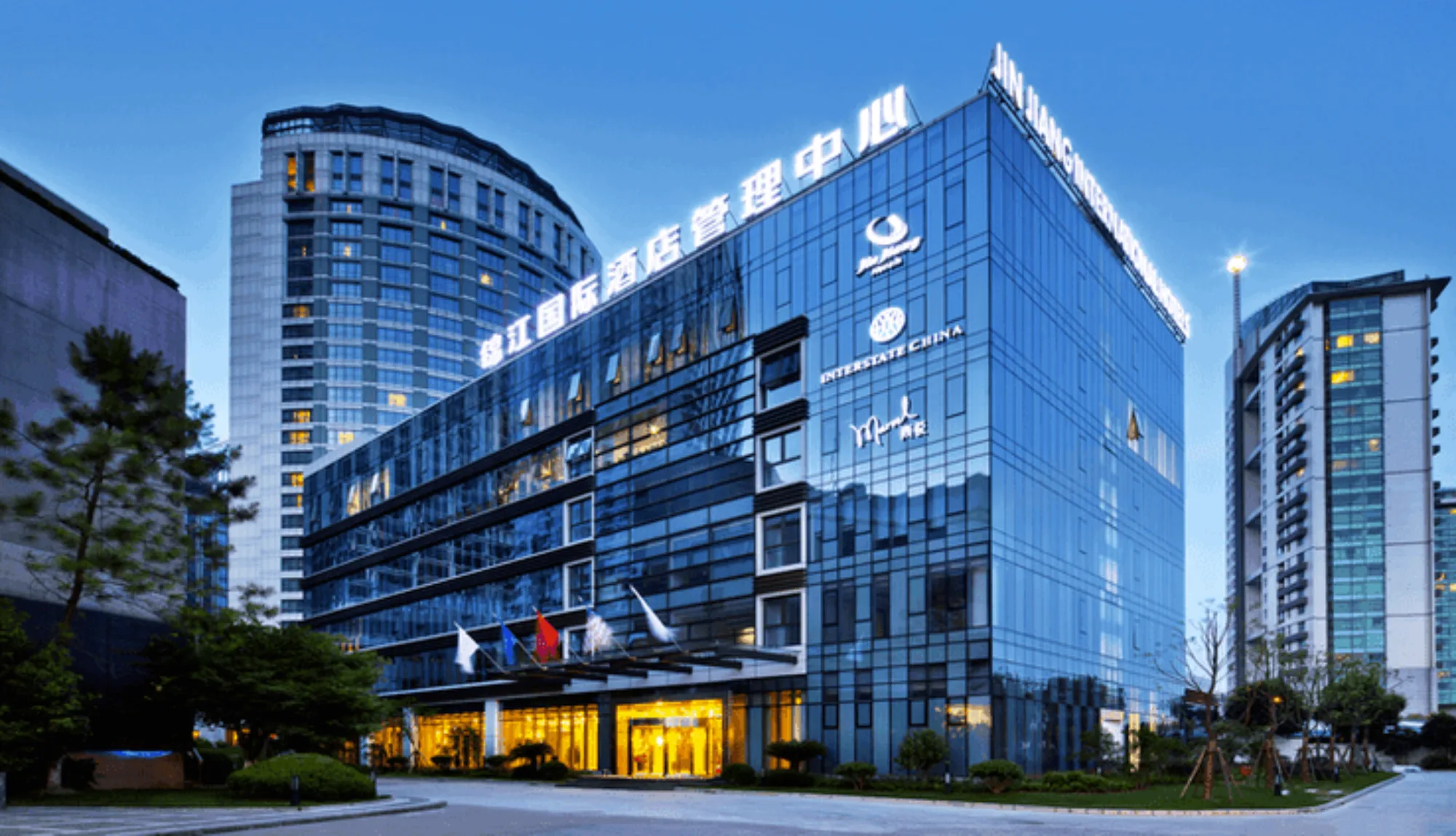
2. Jin Jiang
In 2025, the Chinese hotel chain Jin Jiang secures its position as the world’s second-largest hotel group, with 14,311 hotels and 1,439,756 rooms. Its growth of +7.7%, identical to the previous year, reflects a solid and consistent strategy.
Despite maintaining a relatively low profile outside of Asia, Jin Jiang continues to expand by relying on well-established local brands and a long-term vision.
In addition to its own brands Jinjiang Inn, 7 Days Inn or Vienna Hotels, Jin Jiang also owns Radisson Hotel Group (outside the Americas) and Louvre Hotels Group, two complementary subsidiaries led by Federico J. Gonzalez. While Radisson's momentum is driven by its upscale brands, Louvre Hotels Group continues to evolve through a major repositioning strategy.
A five-year transformation plan was launched at the end of 2023, aiming to renovate 80% of LHG's properties, develop new contemporary concepts — especially for Campanile — and expand strategically in France, India, and China.
Radisson Hotel Group, for its part, recorded a record-breaking 2024, with an unprecedented number of signings and openings.
The subsidiary plans to add over 37,000 rooms in the coming years, mainly in Europe, where it is actively supporting the tourism recovery.

3. Hilton Hotels
Hilton Worldwide maintains its third place in the 2025 ranking with a +7.1% growth in its hotel portfolio, adding nearly 83,000 additional rooms.
Two newly launched brands — Tempo by Hilton and Spark by Hilton — played a central role in this expansion strategy, addressing the growing demand for lifestyle and extended-stay lodging.
In early 2024, the global hotel chain entered into an exclusive partnership with Small Luxury Hotels of the World, adding over 550 independent luxury hotels to its portfolio — a clear move to strengthen its position in the luxury segment, where Hilton has historically lagged behind its competitors.
By the end of 2024, Hilton’s development pipeline neared 500,000 rooms.
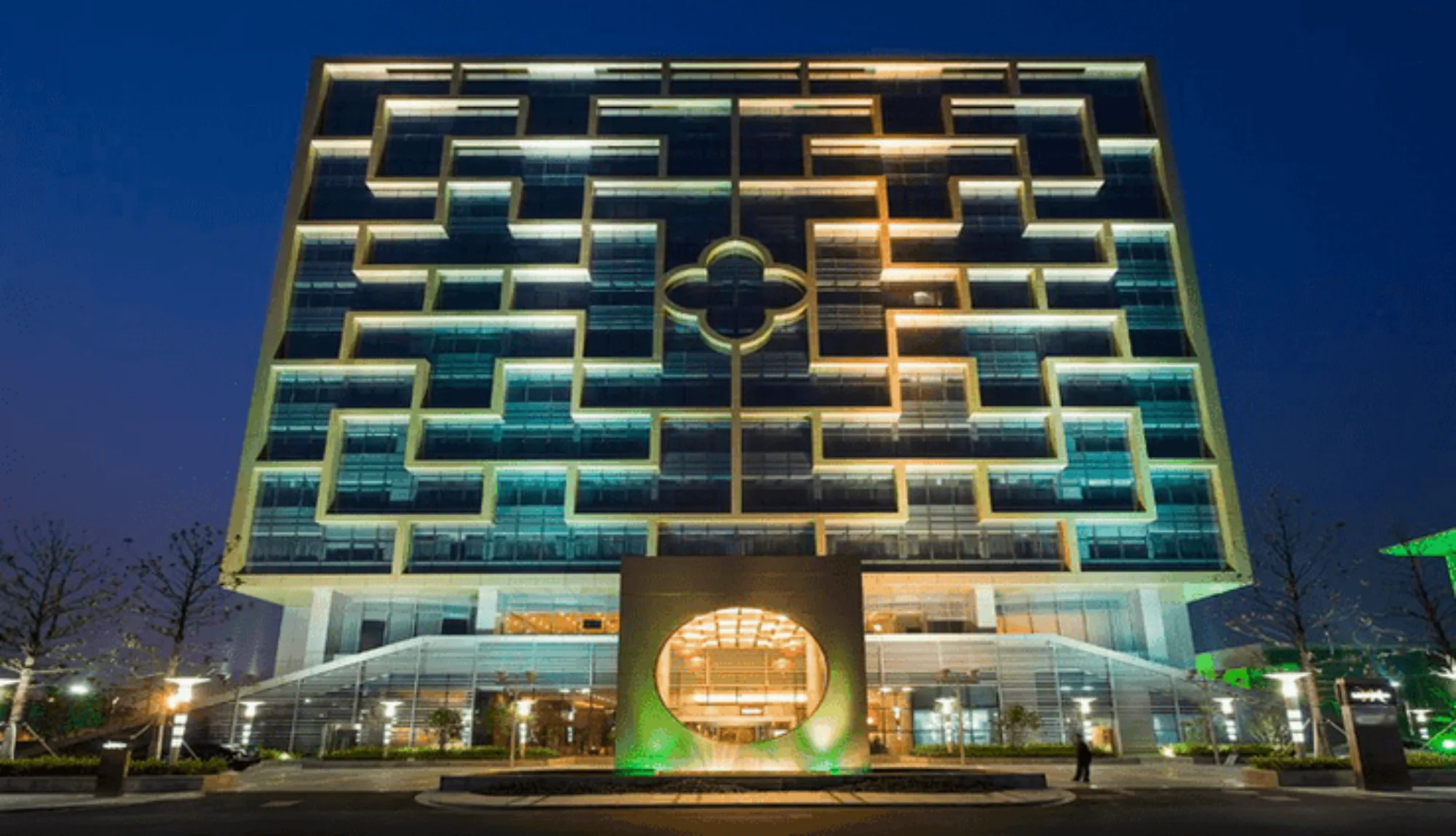
4. H World Group
Massive leap forward for H World Group, which joins the “millionaire club” in 2025 with over 1,017,000 rooms. The group jumps from 6th to 4th place in the global ranking.
Its +20.3% growth — the highest of the entire top 10 — translates to nearly 170,000 additional rooms in just one year.
The Chinese hotel group, formerly known as Huazhu, has crossed a symbolic milestone by exceeding 10,000 properties, continuing its rapid expansion on its domestic market, China, which remains its main engine of growth.
Internationally, H World relies on its subsidiary Deutsche Hospitality with a dual objective: to expand its European brands (such as Steigenberger and IntercityHotel) and to promote them in China through the H World International structure.
For 2025, the ambition remains clear: the group plans to open 2,300 hotels while closing approximately 600 — a strategy of massive but controlled growth.
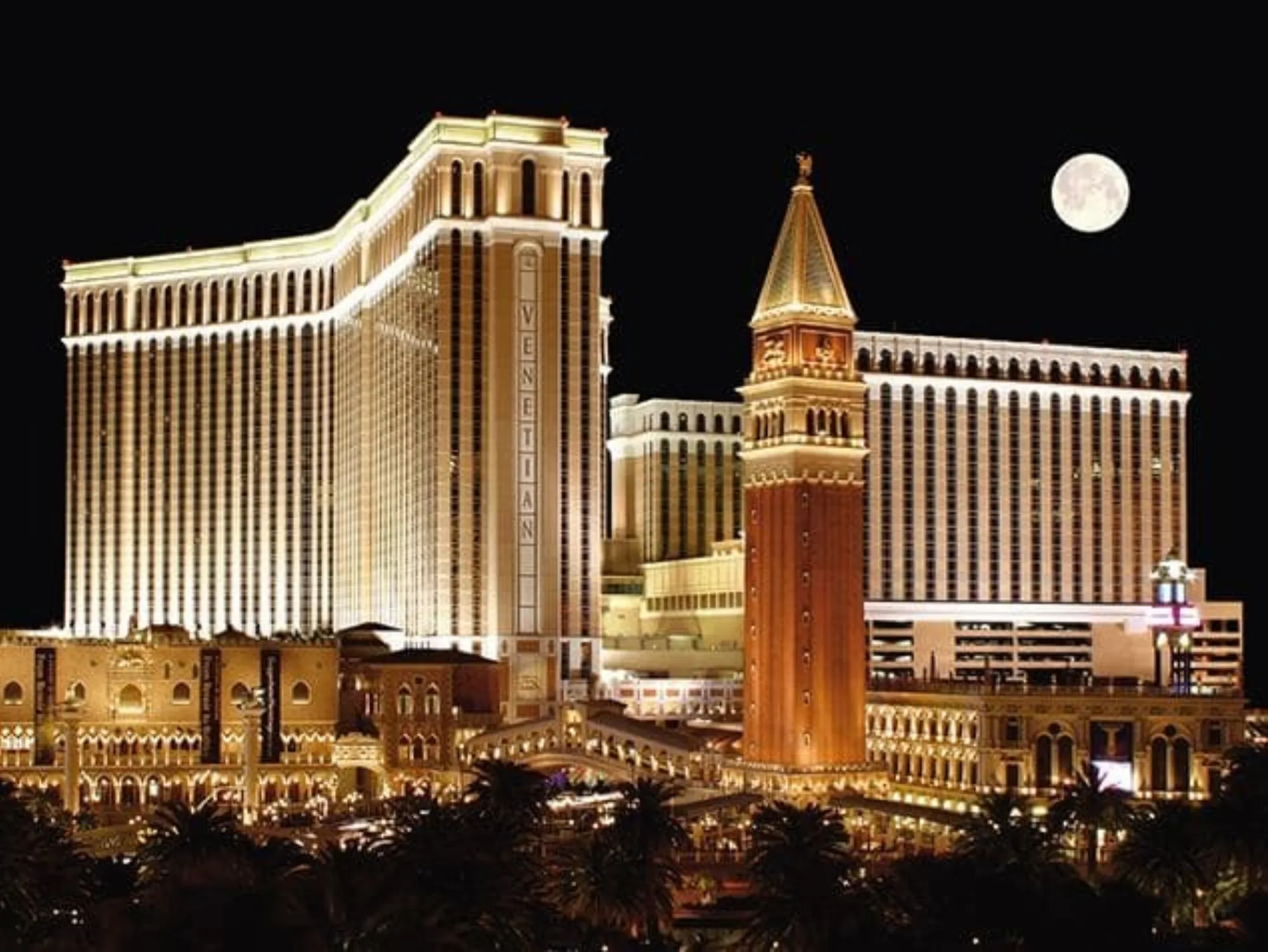
5. InterContinental Hotels Group (IHG)
IHG now ranks as the fifth largest hotel group worldwide, with 6,599 hotels and 977,257 rooms.
The group recorded solid growth of +4.3%, adding over 171,000 rooms to its portfolio.
Notably, hotel conversions increased by 88% year-over-year, highlighting strong efforts in adaptive reuse and rebranding strategies.
The luxury and lifestyle segment remains at the heart of IHG’s strategy, particularly in Europe. Brands such as Six Senses, Regent, Kimpton, Hotel Indigo, and Vignette Collection continue to expand, with over 100 properties open and 70 more in the pipeline.
The voco brand also reached a milestone in 2025, with its 100th hotel opened in just 7 years (and 95 more in development).
The recent acquisition of Ruby™, a premium urban lifestyle brand, further strengthens IHG’s upscale portfolio.
In the Asia-Pacific region, Greater China remains a key market, marked by the opening of the 800th hotel in 2025.
With a pipeline of 714 hotels, representing over 106,000 signed rooms, IHG is steadily approaching the 1 million room milestone.

6. Wyndham Hotels & Resorts
Wyndham ranks as the sixth largest hotel group in the world in 2025, with 9,286 hotels and 902,987 rooms, reflecting +3.6% growth over the year.
The group continues to focus on extended stays and the midscale to upscale segments, which now represent nearly 70% of its development pipeline.
The brand ECHO Suites Extended Stay℠ by Wyndham, launched in the United States, is expanding steadily and confirms the growing demand for this type of accommodation.
Wyndham’s development pipeline reached a new record, with 2,100 hotels and 252,000 rooms in the works.
Unlike other major groups, Wyndham’s growth is primarily driven by new constructions, which account for 78% of its pipeline.
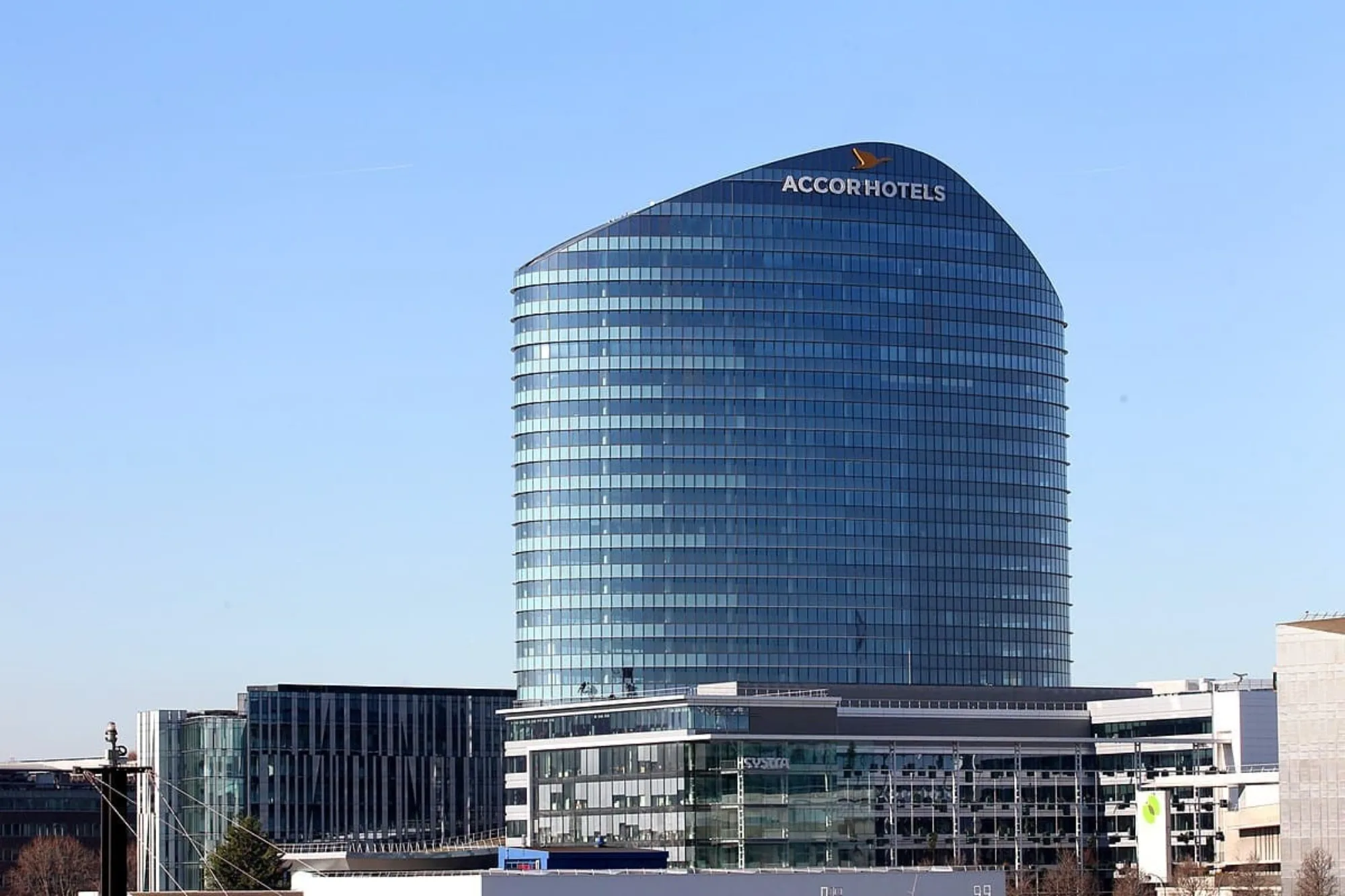
7. Accor
Accor is the seventh largest hotel chain worldwide. The only French hotel group in the ranking, the European champion.
It currently operates 850,285 rooms and records moderate growth of +3.5%, representing 28,767 additional rooms.
Accor follows a clear strategy: accelerating in the luxury, lifestyle, and economy segments.Hotel conversions play a key role: 58% of 2024 openings were under brands such as Emblems, MGallery, Mondrian, Handwritten Collection, Mercure, or TRIBE.
The momentum continues into 2025, with a pipeline of 1,381 hotels representing 233,000 rooms. 60% of future openings will be located in the Middle East, Asia, and Pacific regions, where hotel demand is growing rapidly.
On the financial side, Accor achieved a record EBITDA for the second year in a row, reaching €1.12 billion, a 12% increase compared to 2023.
Sustainability is becoming a core focus: 36% of the portfolio is now eco-certified, with over 2,000 properties, far exceeding the initial 30% target.
The group also stands out for the diversity of its portfolio, with nearly 40 brands—twice as many as IHG or Hilton, for example.
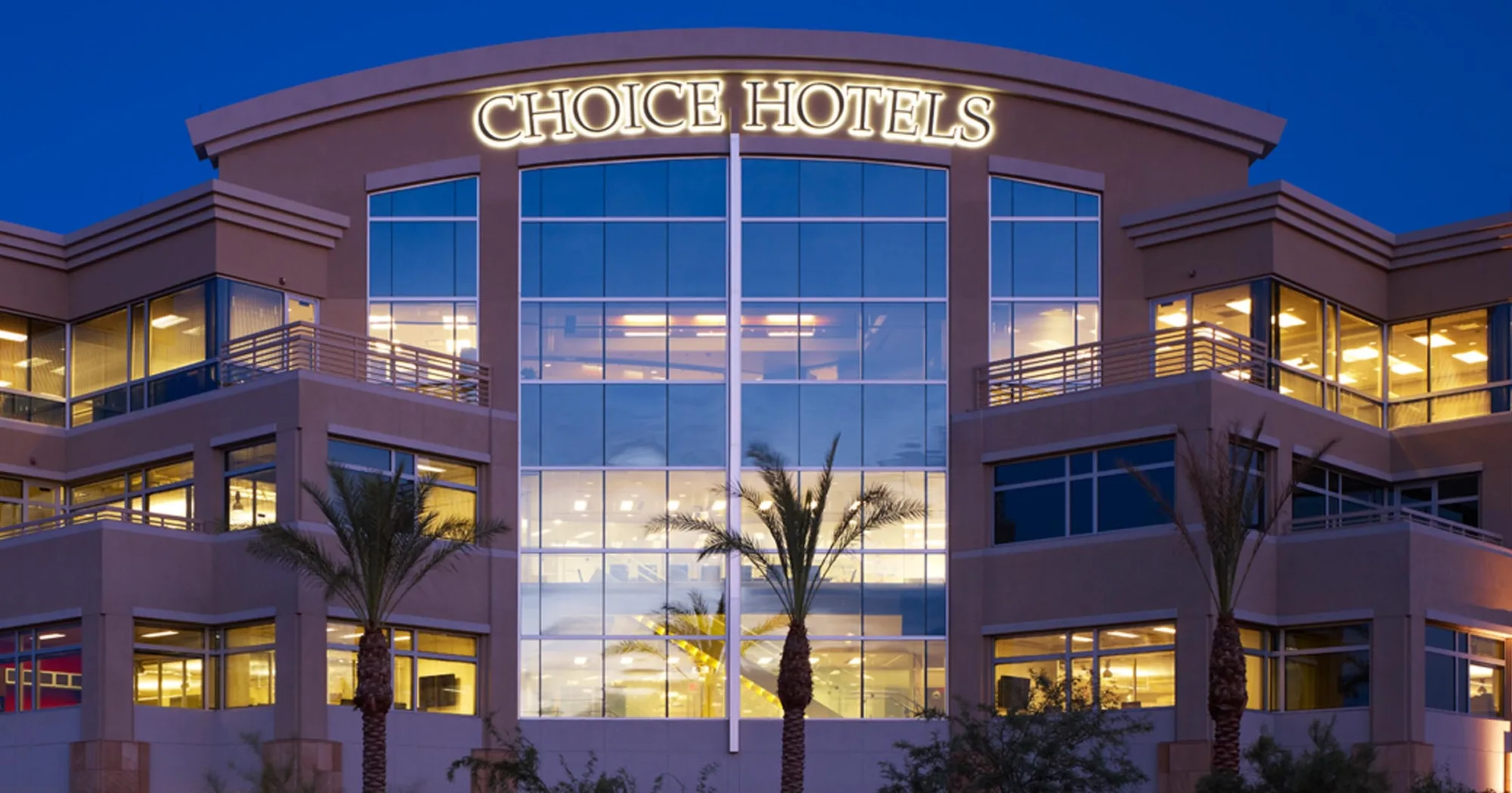
8. Choice Hotels
The fourth-largest American hotel chain in the ranking, Choice Hotels holds its position at eighth place, with a +3.3% growth in its portfolio. This growth is driven by the upscale, midscale, and extended stay segments in the United States.
The group now operates 7,586 hotels and 653,810 rooms.A strategic partnership with Westgate Resorts added 21 properties and 14,471 rooms to its domestic portfolio.
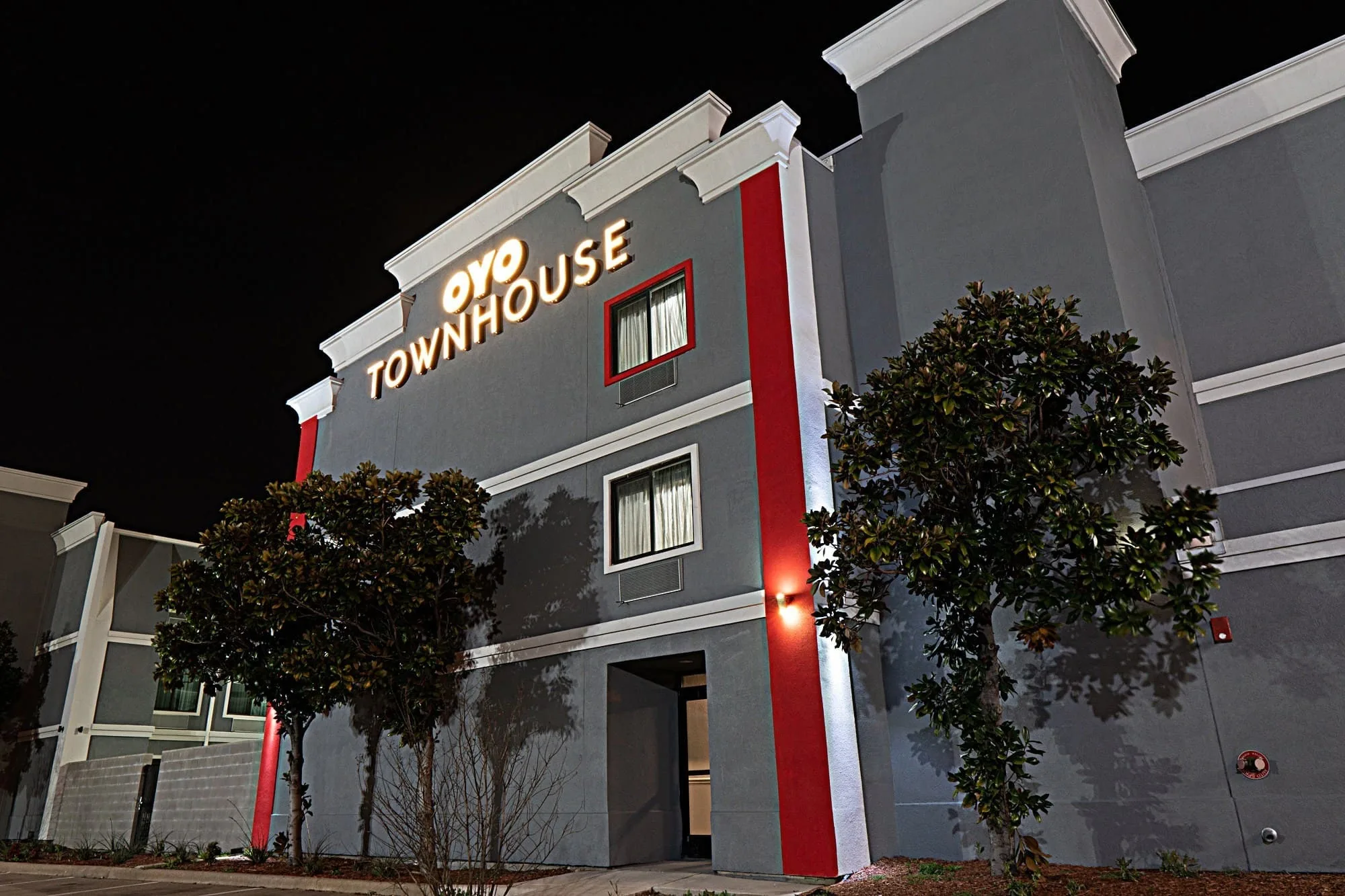
9. OYO
After several challenging years, OYO makes a strong comeback in the top 10, ranking ninth with 20,667 hotels and 597,873 rooms.
The group recorded a spectacular growth of +38.7%, the highest among all hotel chains this year.
This growth follows an ambitious recovery plan launched in mid-2023, aimed at massively reintegrating hotels into its network.OYO’s model — based on rapid standardization and partnerships with existing properties — continues to thrive in emerging markets, especially in India, its historical stronghold.
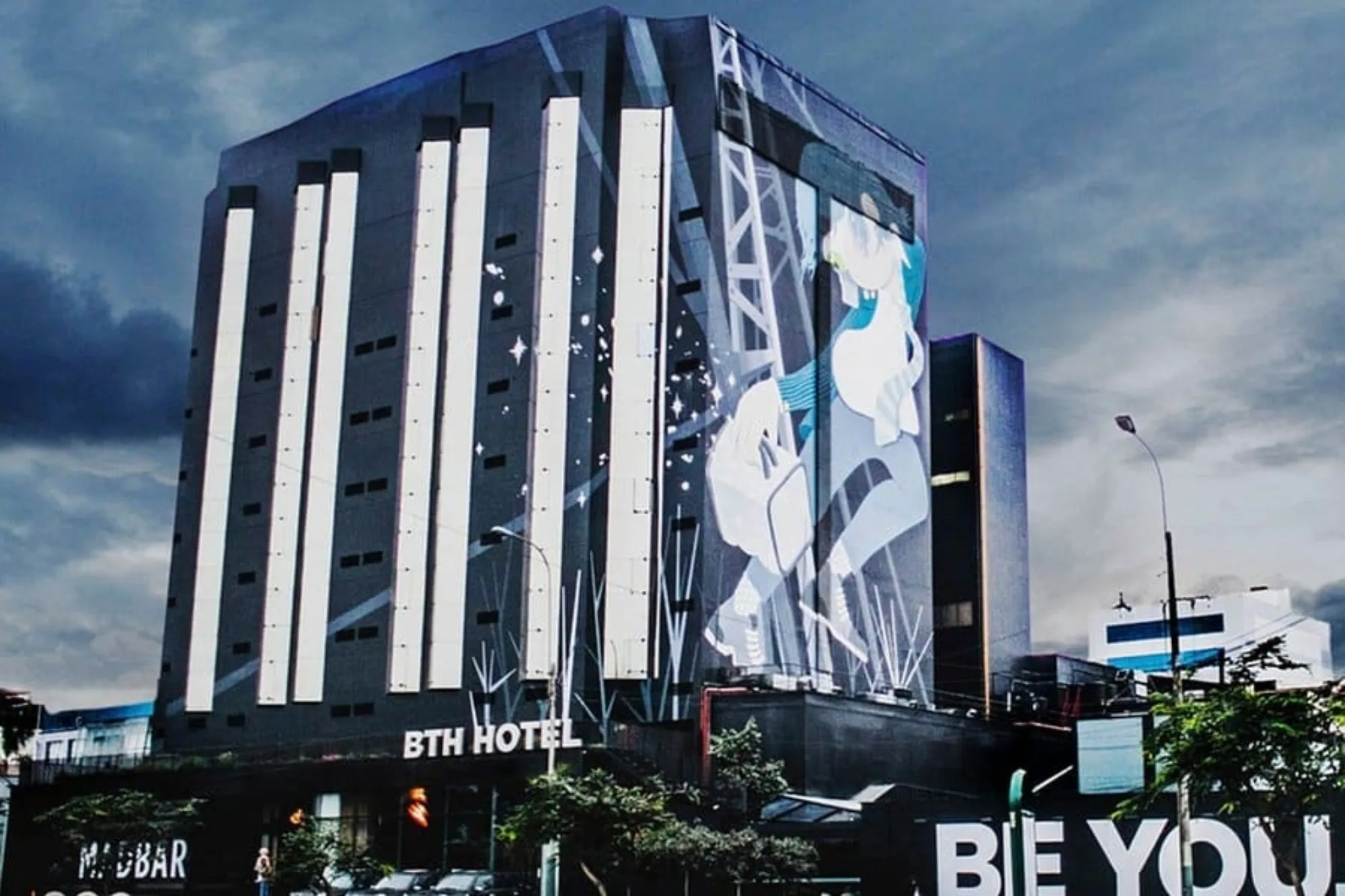
10. BTH Hotels
Distanced but still in the top 10, BTH Hotels recorded a +7.6% growth in its hotel portfolio. In 2024, the group surpassed the 500,000-room mark, operating 6,910 hotels worldwide.
Hotel brands: the full brand portfolio of each group
Each hotel group is made up of multiple brands — from luxury to economy, lifestyle to extended stay. These brand portfolios are a key part of their identity and growth strategy.To help you navigate the complex world of hotel branding, we’ve created a visual guide to the major brands under each hotel group featured in our ranking.
Too many hotel brands?
The ranking of the world’s largest hotel groups is always impressive. But behind this race for numbers, another reality is emerging: an explosion of hotel brands that’s making the hospitality landscape more complex than ever.While this trend began more than 15 years ago, it has accelerated sharply over the past two to three years.
Today, some groups manage 20, 30, even 40 different brands. A proliferation so dense that even hospitality professionals are starting to lose track.
Can anyone clearly explain the difference between a Sofitel, an Intercontinental, an MGallery, and a Le Méridien?
For guests, the confusion is even greater. Studies show that most newly launched hotel brands have close to zero brand recognition — even several years after their debut.
Why so many brands?
This multiplication of brands follows logics of segmentation, commercial development, and storytelling — but also financial imperatives: attracting franchisees, accelerating growth, and reinforcing the group’s image of innovation in the eyes of the market.But it also comes with limitations:
- Diluted brand identity: the issue isn’t the number of brands itself — many industries like beauty, automotive or fashion manage it well. The problem is that too many hotel brands struggle to stand on their own, with a clear and distinct positioning.
- Confused guests: when travelers can’t understand what a brand stands for, they’re less likely to choose it. And that, to us, is the biggest issue.
- Cannibalization: especially in large cities, where 5, 10 or even 15 hotels from the same brand may be competing for the same customer — what added value does the brand bring compared to OTAs?
- Standardized marketing: despite millions invested in branding, real differentiation is often hard to find.
The real surprise?
Today’s tools allow these groups and independents — often more agile, more creative, and closer to their guests — to build powerful, coherent and highly desirable brands.
Thanks to digital tools, content, guest experience platforms, CRM, design, and online reputation, building a strong brand has never been more accessible.
How to build a strong hotel brand today?
In a saturated market, clarity and guest experience are your greatest assets.Building a strong brand today isn’t about stacking labels. It’s about:
- Defining a clear positioning — one your guests understand in seconds.
- Creating a strong, memorable experience that turns a stay into a lasting memory (build emotional connection).
- Developing an authentic relationship with your guests, before, during, and after their stay.
- Using digital tools smartly to personalize communication, strengthen loyalty, and increase touchpoints.
Today, with CRM platforms and guest engagement tools, you have the means to compete with the biggest hotel groups.
Fewer brands, better embodied — maybe that’s the future of hospitality: one that’s truly aligned with what travelers expect.
The future of hospitality is being shaped now!
|
Similar articles


